Latching Relays
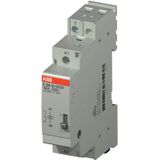
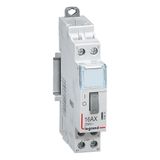
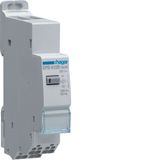


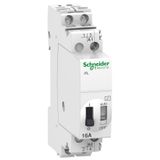

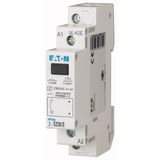
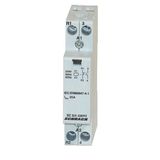
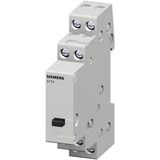
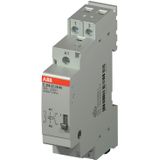



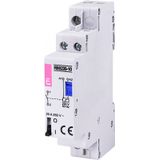



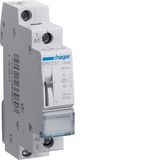

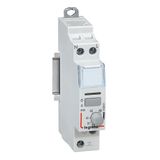



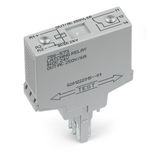



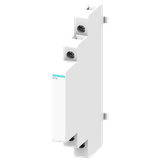

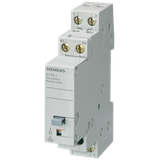
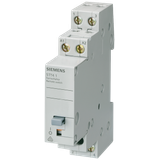

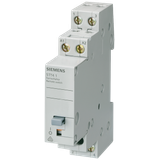

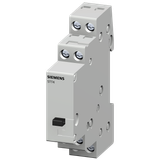
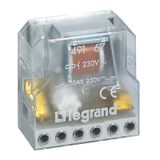

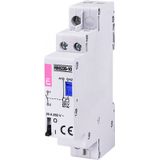
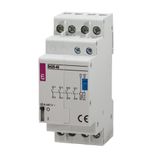
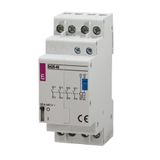

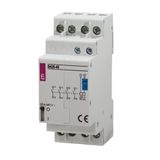



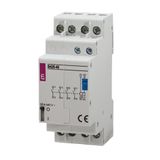

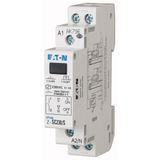
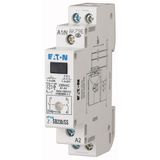


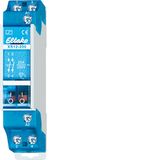

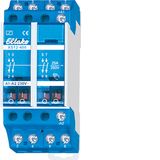


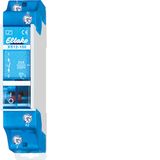
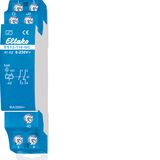
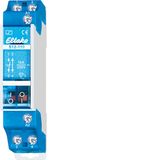
Latching Relay for B2B Procurement and Industrial Use
Category Overview
A latching relay is a specialized electromechanical or solid-state device designed to maintain its switching state after the control signal is removed. Unlike standard relays, which require continuous energizing, a relay latching circuit holds its last state until a new pulse is applied. This functionality reduces power consumption, minimizes heat generation, and allows stable operation in industrial control systems, construction projects, and large-scale infrastructure applications.
Procurement managers and system integrators consider latching power relay solutions essential in modern distribution boards, building automation systems, telecom networks, and renewable energy plants. Their ability to secure switching positions without constant coil power makes them an energy-efficient and reliable choice for wholesale buyers.
Technical Specifications (Comparison Table)
| Parameter | Mechanical Latching Relay | Magnetic Latching Relay | Solid State Latching Relay | Micro Latching Relay |
|---|---|---|---|---|
| Operating Voltage Options | 12V, 24V, 48V DC/AC | 12V, 24V DC | 12V, 24V, 48V DC/AC | 5V, 12V, 24V DC |
| Example Models | 12V latching relay, 24V latching relay | magnetic latching relay | solid state latching relay | micro latching relay |
| Coil Power Requirement | Short pulse only | Short pulse only | Pulse input, low leakage | Pulse input |
| Contact Ratings | 10–200 A | 10–150 A | 1–100 A (depending on MOSFET/triac) | 1–10 A |
| Switching Speed | 10–20 ms | 10–15 ms | <1 ms | 5–10 ms |
| Endurance (Electrical Cycles) | 100,000–500,000 | 200,000+ | >10 million | 200,000+ |
| Typical Applications | Building management, HVAC | Energy meters, lighting circuits | Telecom, automation, renewable energy | PCB assemblies, compact units |
Key Advantages of Latching Relays
- Energy efficiency: Coil requires only a brief pulse to switch state.
- Low heat generation: No continuous coil current, minimizing thermal stress.
- Stable switching: State preserved during power loss, critical in safety systems.
- Broad voltage range: Available as 12 volt latching relay, latching relay 24V, and higher ratings.
- Scalability: Options from micro latching relay for PCBs to latching power relay for heavy loads.
- Durability: Mechanical and magnetic types provide long service life in demanding conditions.
Subtypes of Latching Relays
- 12V Latching Relay / Latching Relay 12V / Latching 12V Relay
Standard low-voltage models used in automotive, security, and control panels. - 24V Latching Relay / Latching Relay 24V
Common in building automation, HVAC, and distribution boards where 24V control circuits dominate. - Magnetic Latching Relay
Employs a permanent magnet to hold state. Reliable for metering and lighting applications. - Mechanical Latching Relay
Uses a mechanical armature lock. Rugged design suitable for industrial switchgear. - Solid State Latching Relay
Semiconductor-based, providing silent operation, fast response, and high cycle endurance. - Micro Latching Relay
Miniaturized relays designed for PCB mounting, IoT devices, and compact controllers.
Typical Applications in Construction and Industry
- Building Automation
Centralized lighting control with relay latching circuits, enabling on/off memory after outages. - Energy Meters and Smart Grids
Magnetic latching relays reduce power losses in smart metering systems. - HVAC and Facility Management
24V latching relays used in thermostats, dampers, and motorized valve control. - Renewable Energy
Solid state latching relays switch DC loads in solar inverters and battery banks. - Industrial Control Panels
Latching power relays maintain contactor states in manufacturing equipment. - Automotive and Transport
12V latching relay solutions used for auxiliary power control, security systems, and battery isolation.
Short FAQ
Q1. What is the difference between a latching relay and a standard relay?
A latching relay holds its switching position after the control signal is removed, while a standard relay requires continuous coil energizing.
Q2. Can a latching relay be used in a power outage scenario?
Yes. Because it retains its last state without coil power, it preserves switching conditions during outages, making it ideal for emergency systems.
Q3. What voltages are most common in wholesale procurement?
The most common are 12V latching relay, latching relay 24V, and solid state latching relay options for industrial panels and energy systems.
Q4. When should I choose solid state vs mechanical latching?
Choose solid state latching relays for silent, high-speed, long-cycle applications. Use mechanical latching relays where robustness and cost-efficiency are priorities.
Conclusion for Wholesale Buyers
For distributors, contractors, and B2B procurement teams, latching relays offer a critical balance between energy efficiency, reliability, and system stability. Whether sourcing 12 volt latching relay models for low-voltage control, latching relay 24V for industrial automation, or solid state latching relay for high-frequency switching, this category provides scalable solutions for both bulk procurement and project-based distribution.
When evaluating wholesale supply, factors such as voltage rating, contact endurance, footprint size, and switching technology should guide selection. By stocking a complete range—from micro latching relays to latching power relays—distributors can support diverse applications in construction, industry, and energy infrastructure.















